If you’ve ever been curious about Japanese culture, you might think of sushi, temples, or cherry blossoms. But behind these traditions lies something deeper: the philosophy of the samurai. In this article, you’ll discover how kendo—the Japanese art of the sword—teaches values that go far beyond competition. You’ll learn what makes kendo different from sports, why it is respected around the world, and how it reflects the timeless principles of Bushido and the samurai spirit.
What Is Kendo?
Kendo, often translated as “the way of the sword,” is a Japanese martial art (budō). Practitioners wear traditional armor and use bamboo swords called shinai. At first glance, it may look like an intense sport where two people try to strike each other. But kendo is not only about speed and power—it is about discipline, etiquette, and personal growth.
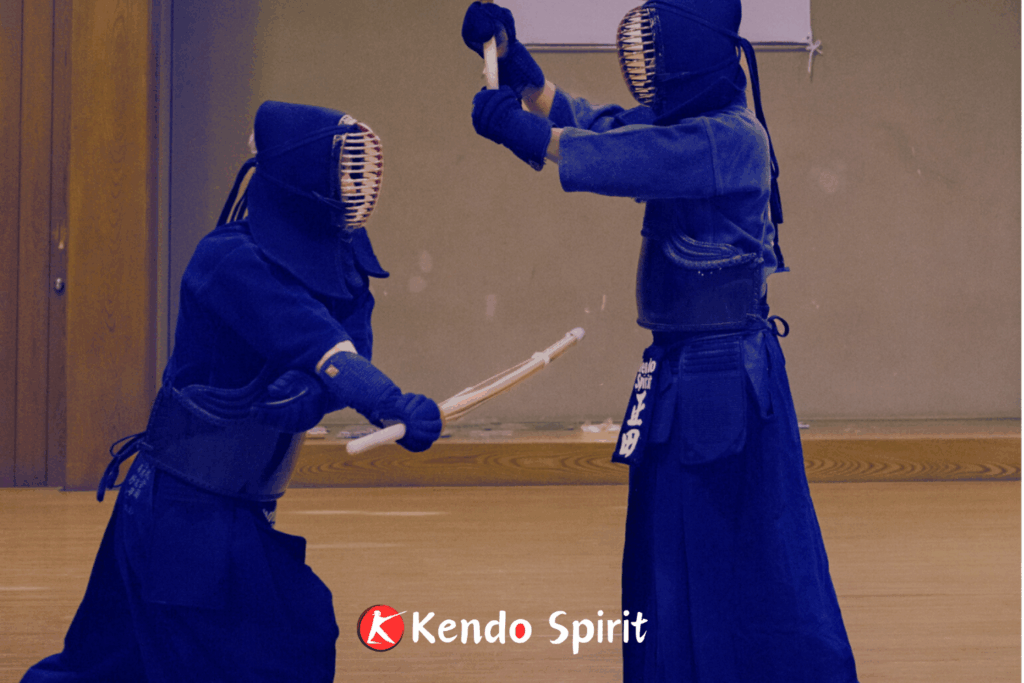
Budo and Japanese Tradition
Kendo belongs to a larger family of budō (martial ways), which includes judo, sumo, kyudo (archery), and naginata. Unlike modern sports that focus on records or entertainment, budō emphasizes character development and respect. For centuries, these arts have been passed down as part of Japanese culture, teaching not only how to fight but how to live with honor.
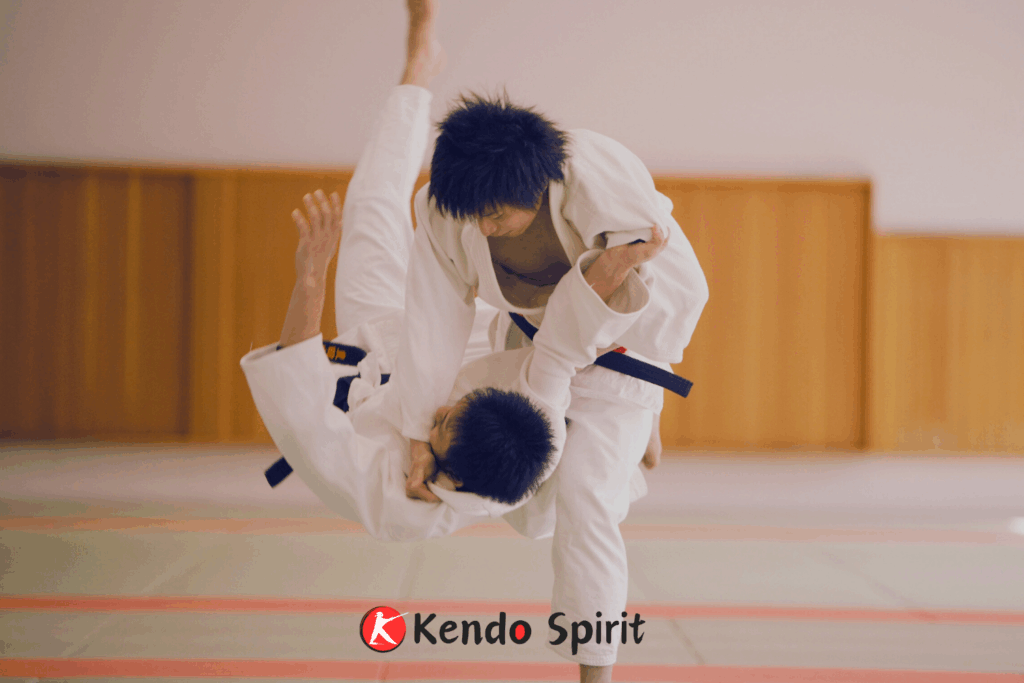
Kendo: Sport or Martial Art?
After World War II, physical exercise in Japan was often categorized as “sports.” But kendo sparked debate: is it a sport or a martial art? The difference lies in purpose. Sports usually measure success by winning or losing. Kendo, however, aims to cultivate the mind and spirit. Even at international tournaments, where kendo is practiced as a competitive activity, its foundation remains rooted in Bushido—the way of the samurai.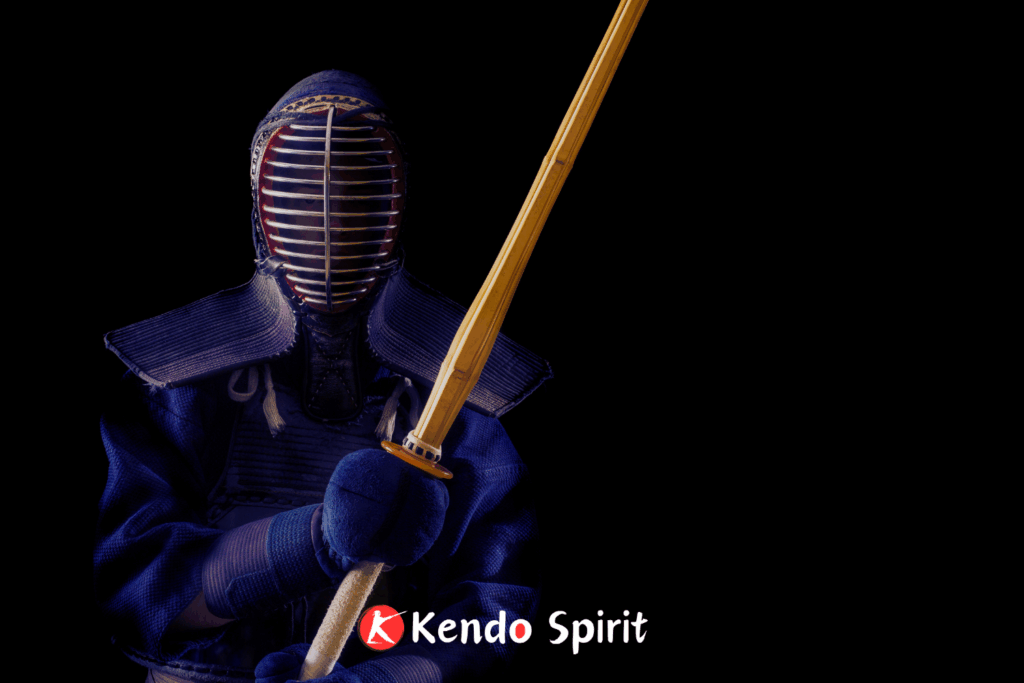
The Global Stage of Kendo
Kendo is no longer limited to Japan. Every three years, the World Kendo Championships gather teams from across the globe. Japan has historically been dominant, but strong challengers—especially from Korea—make victory uncertain. While fierce competition is exciting, some worry that excessive focus on winning risks turning kendo into just another sport, losing the essence of samurai etiquette and values.
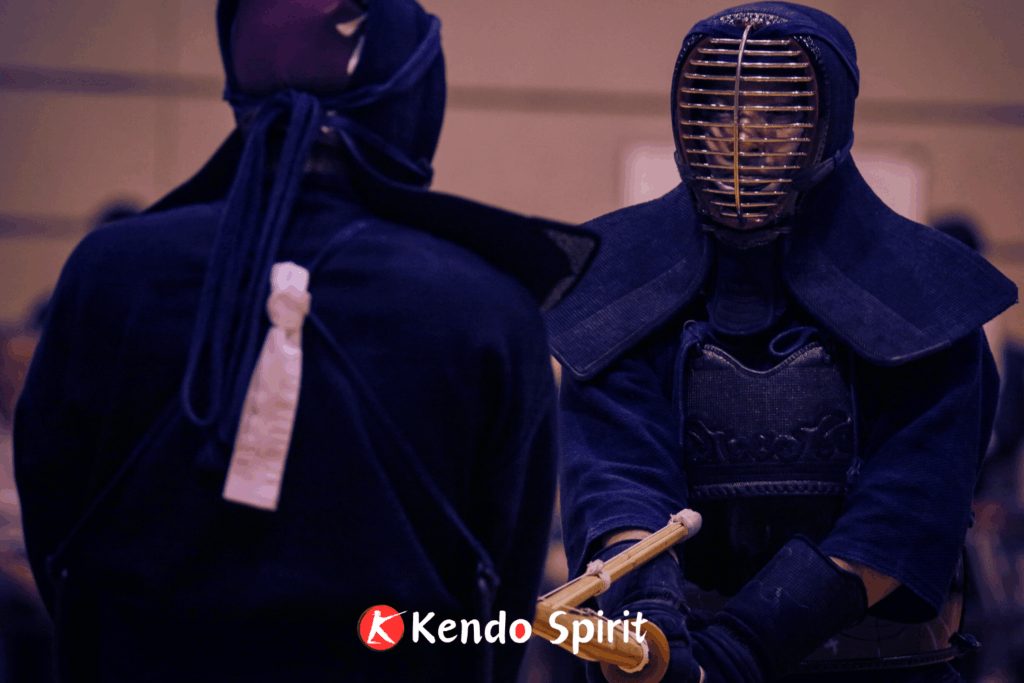
Samurai Etiquette: The Beauty of Respect
In kendo, victory is never celebrated with loud cheers or flashy gestures. Instead, winners bow silently, showing humility. Defeated players also avoid displaying anger or disappointment. They bow in respect, acknowledging the skill of their opponent. This etiquette is not just a rule—it reflects the samurai spirit, where honor is more important than the outcome of a fight.
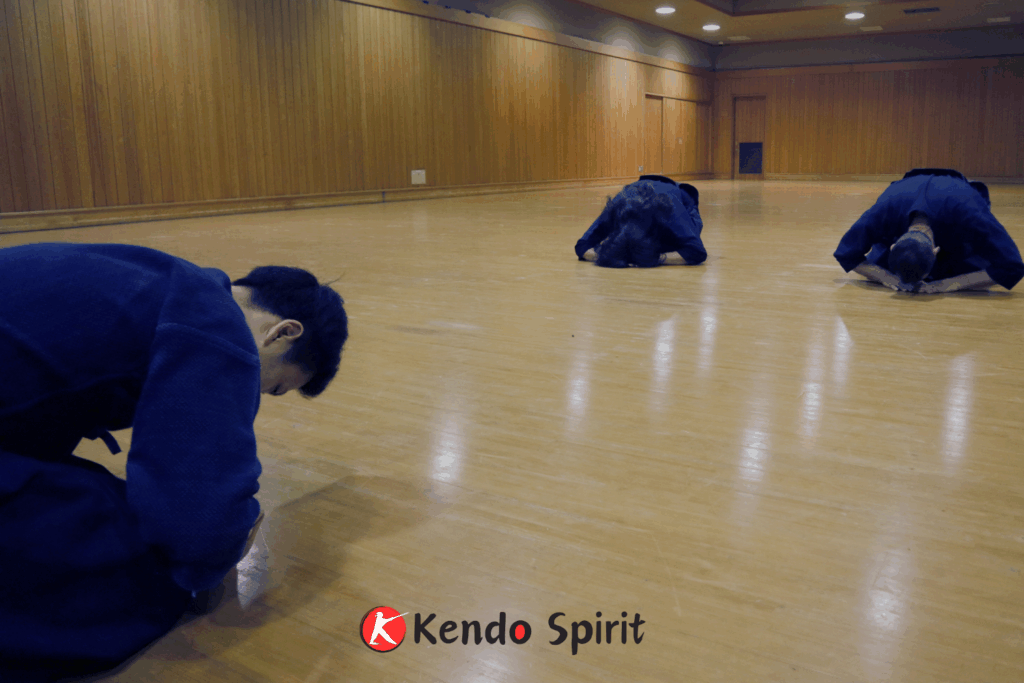
Learning From Defeat
A unique aspect of kendo is how practitioners view losing. Defeat is not shameful; it is an opportunity. Losing reveals weaknesses and becomes a teacher, helping the individual grow stronger. This mindset embodies the transition from satsujin-ken (“the sword that kills”) to katsunin-ken (“the sword that gives life”). Kendo is not about harming others but about using the sword to improve oneself and live with greater wisdom.
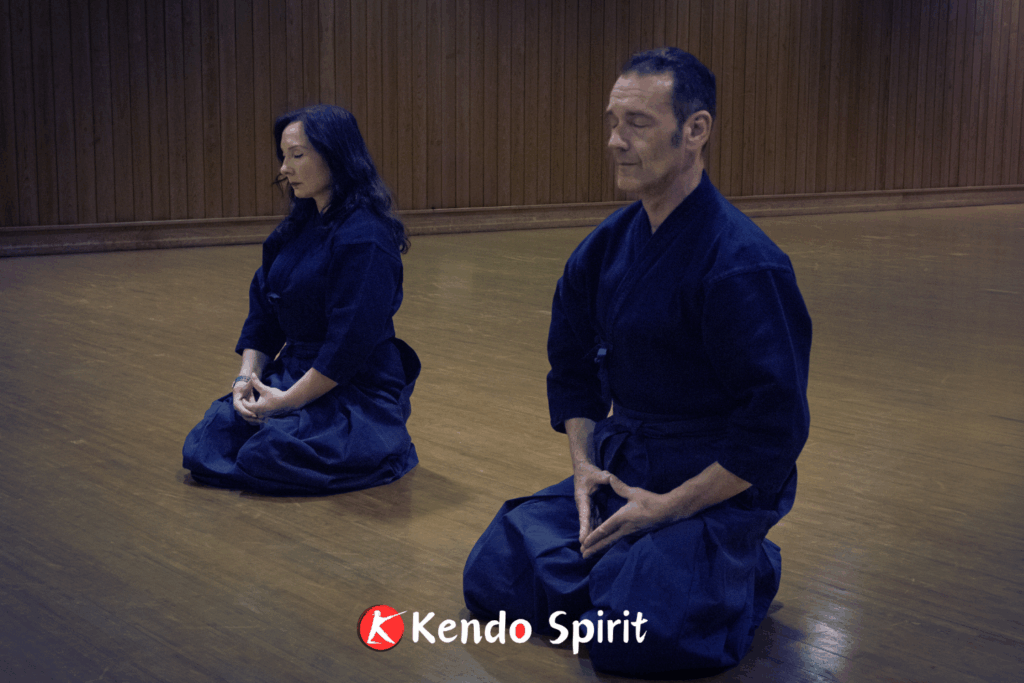
Why Kendo Still Matters Today
In a world obsessed with speed and competition, kendo offers something rare: a way to strengthen both body and spirit. It teaches us to bow before and after battle, to win with humility, and to lose with dignity. These lessons reflect Bushido, the timeless code of the samurai, which values respect, courage, and self-control. That is why kendo is not just a sport—it is a living tradition of Japanese culture that continues to inspire people around the world.
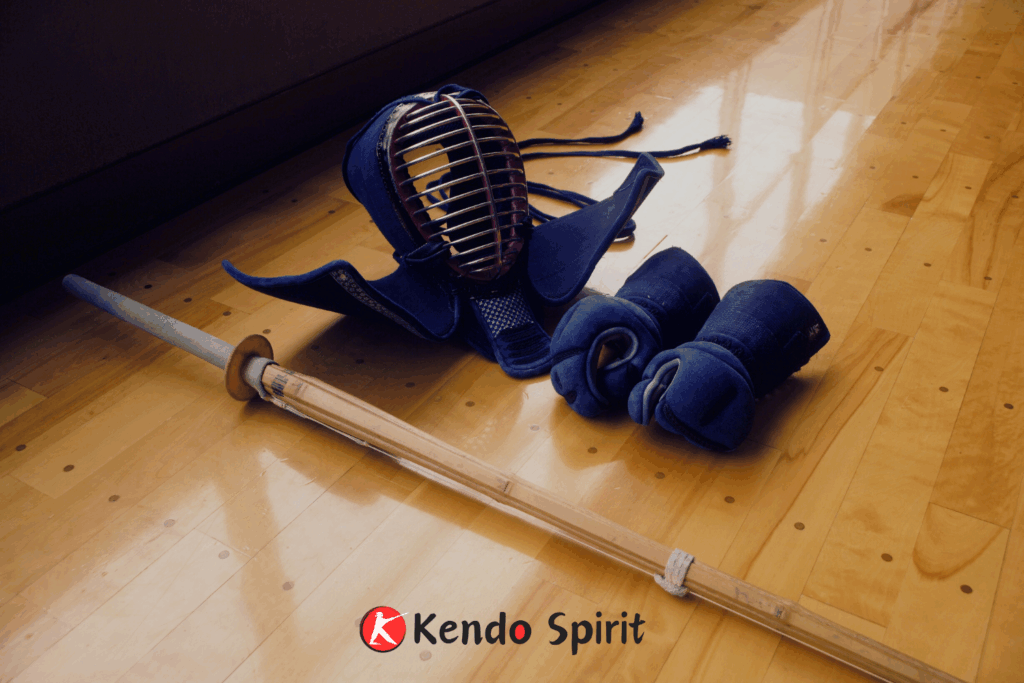
Experience the Samurai Spirit in Tokyo
Reading about kendo is one thing, but experiencing it yourself is unforgettable. At Kendo Spirit in Tokyo, you can wear traditional armor, learn the etiquette of the samurai, and feel the energy of striking with the bamboo sword. Whether you win or lose, you’ll discover the true meaning of Bushido and the samurai spirit.
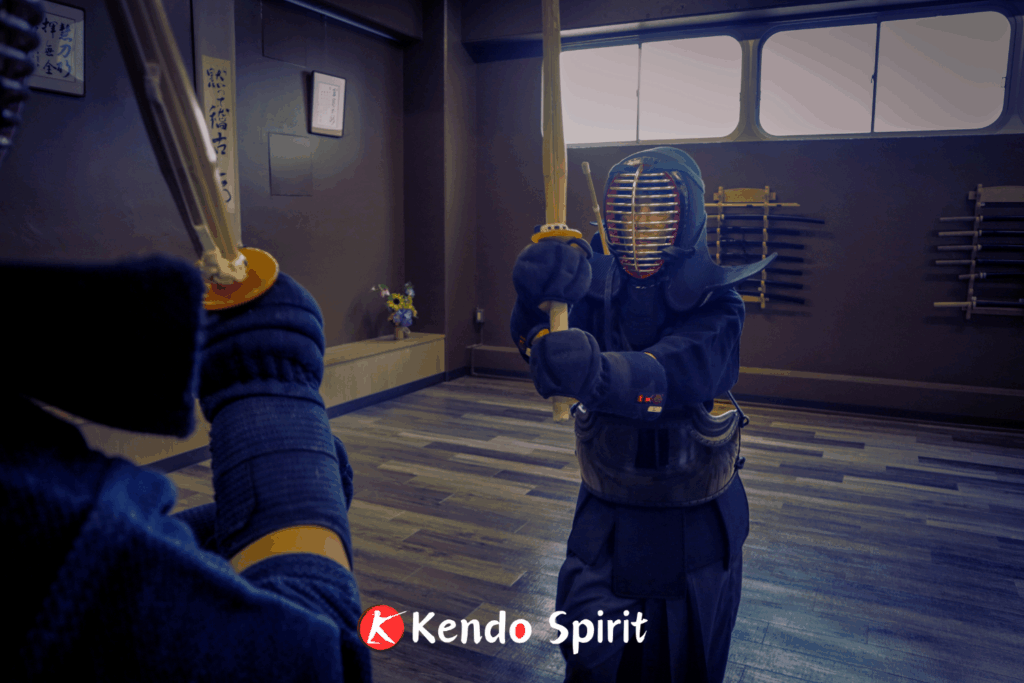
-scaled-e1747969147355.png?1764994800)
-1-scaled-e1747969231809.png?1764994800)
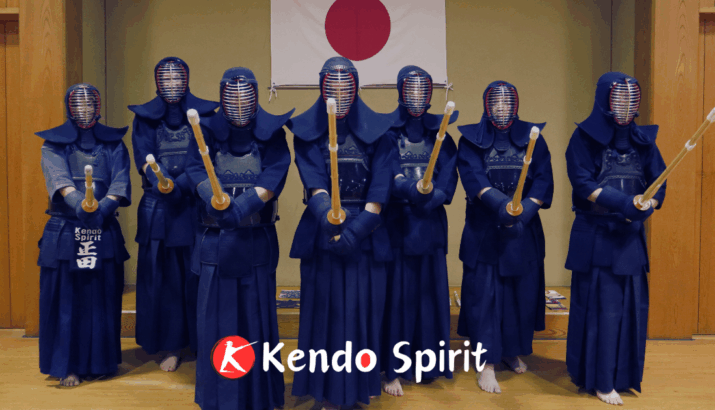
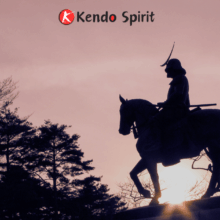
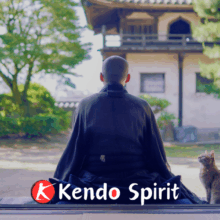
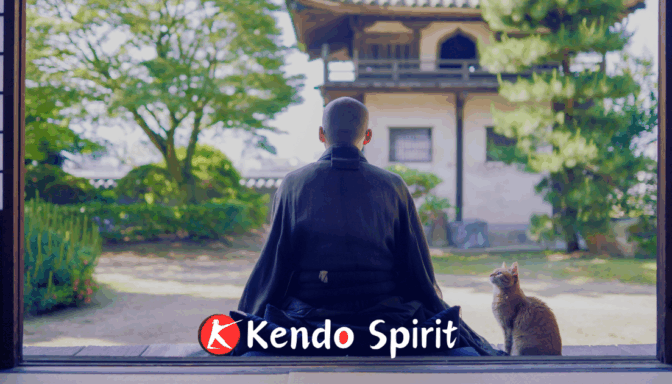
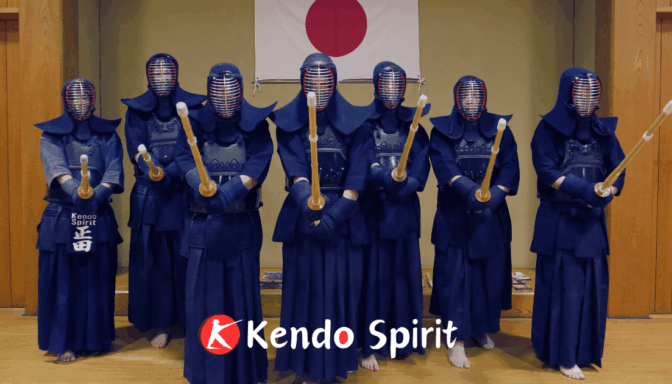
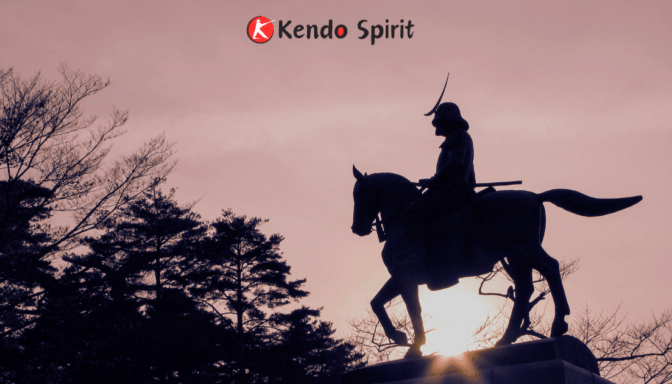
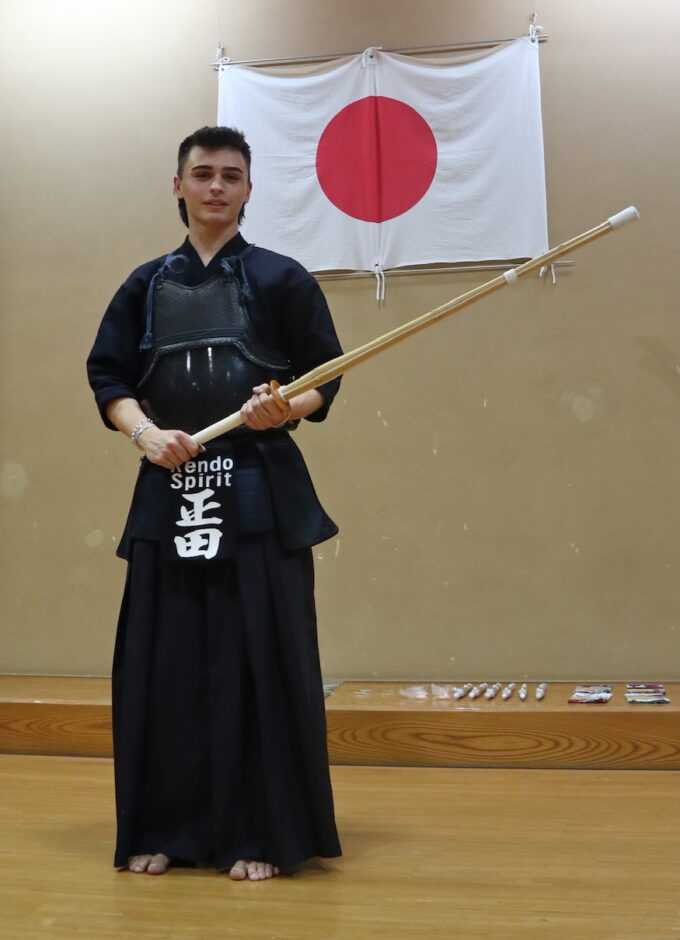
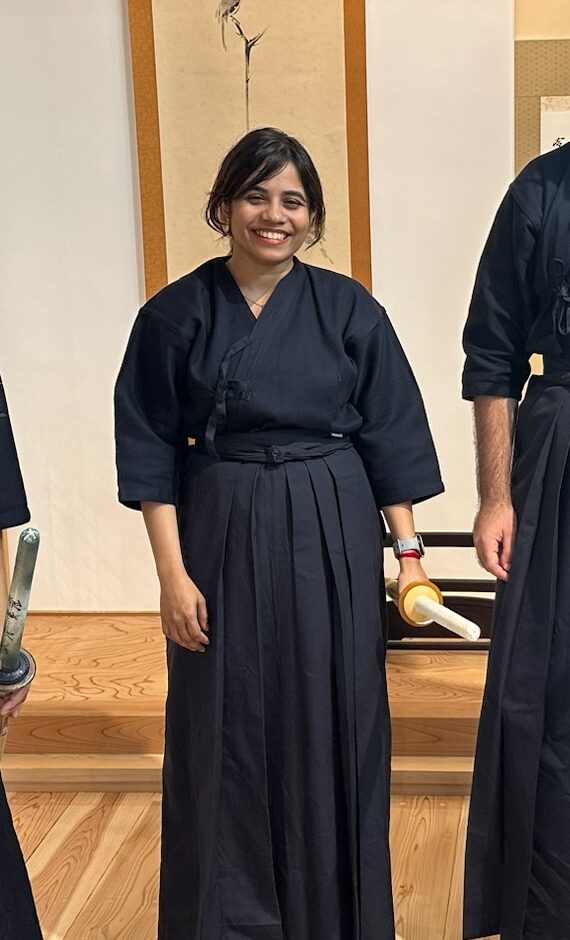
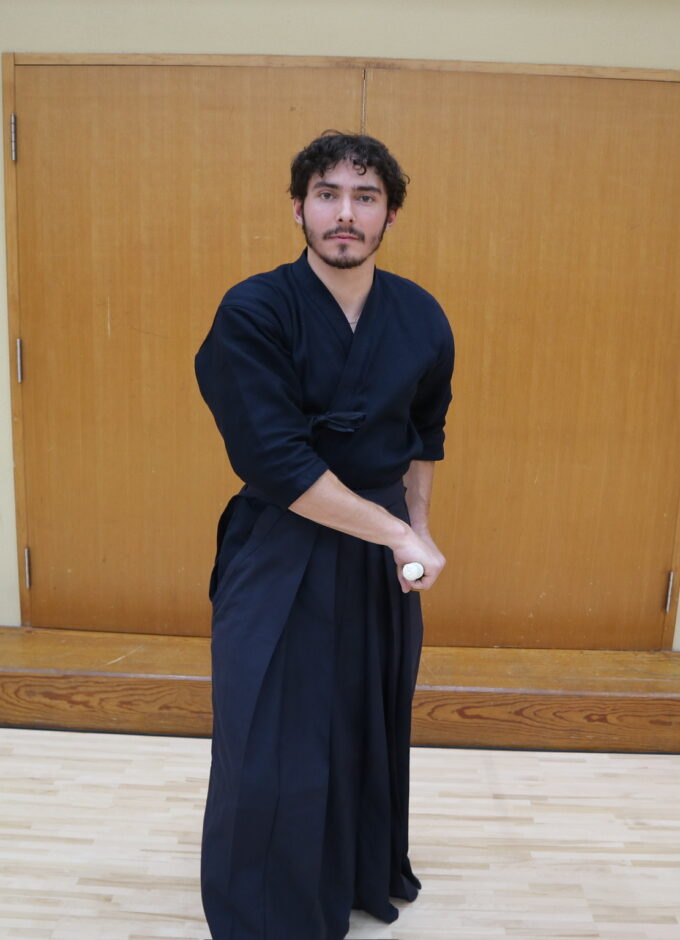
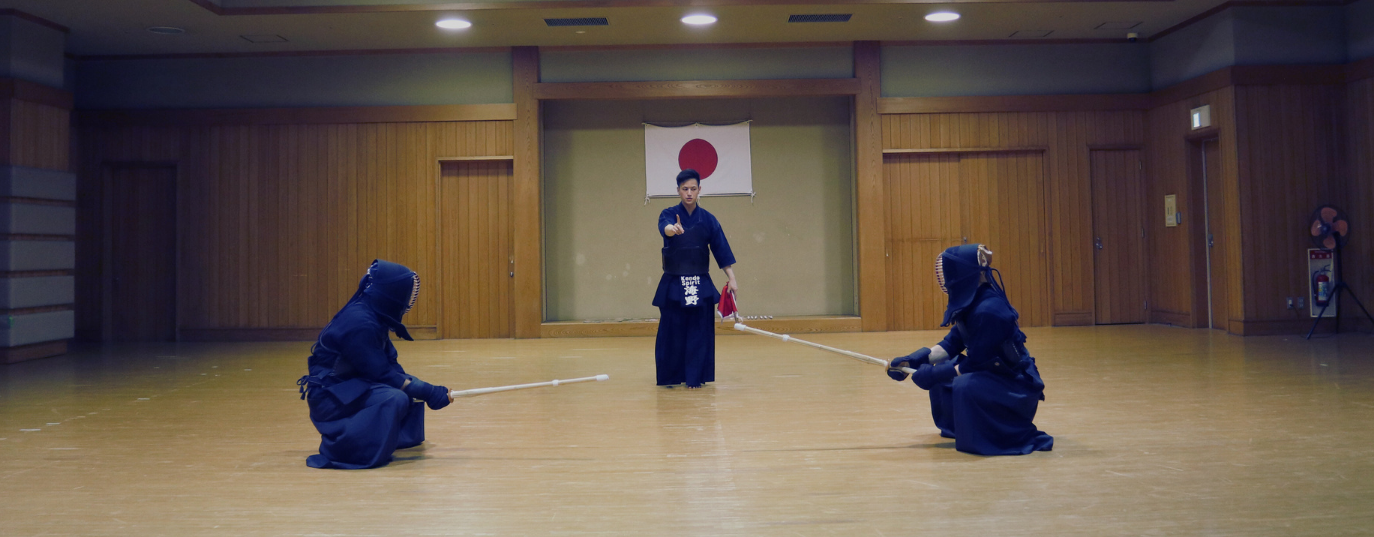
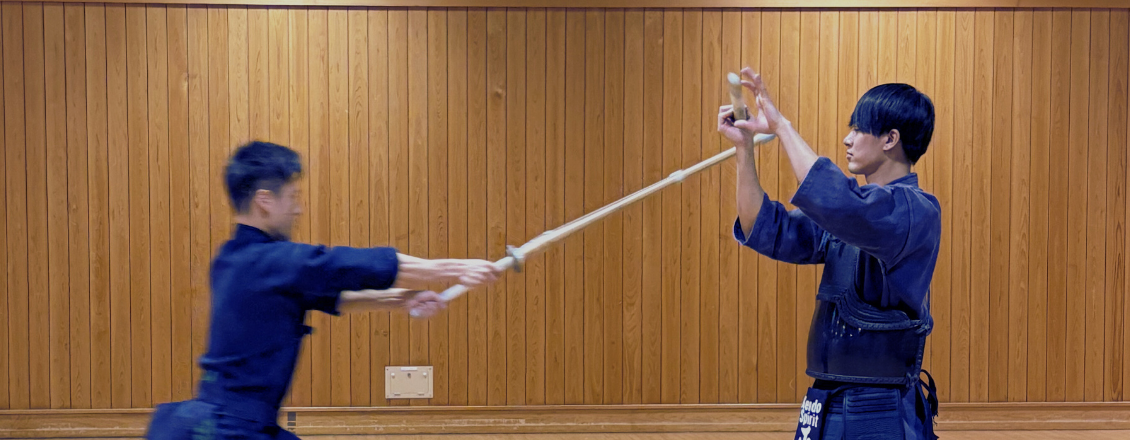
Comment